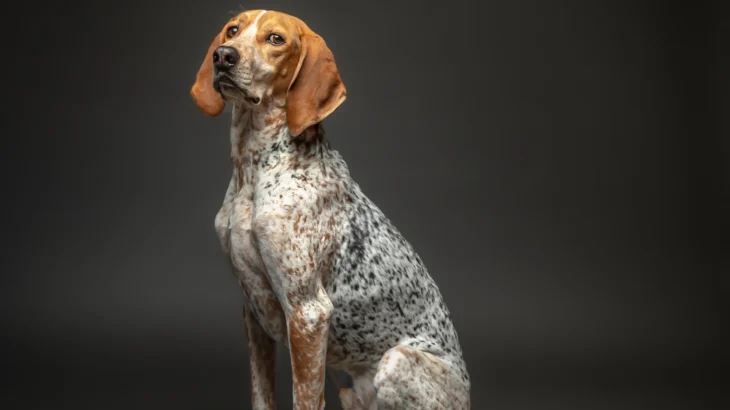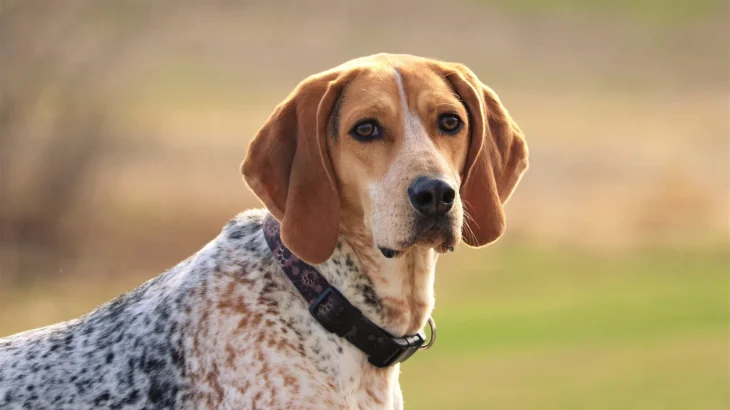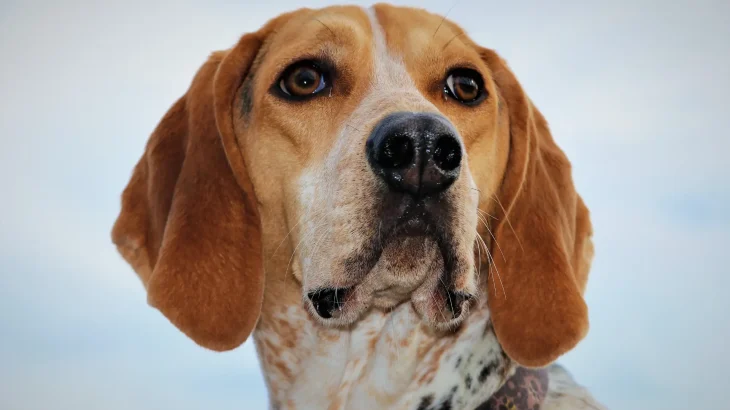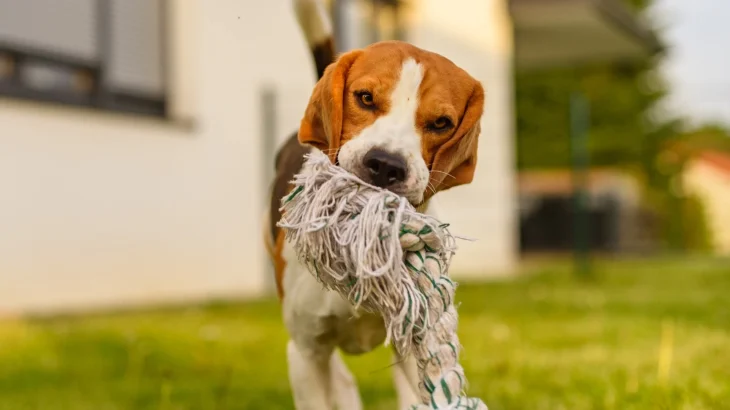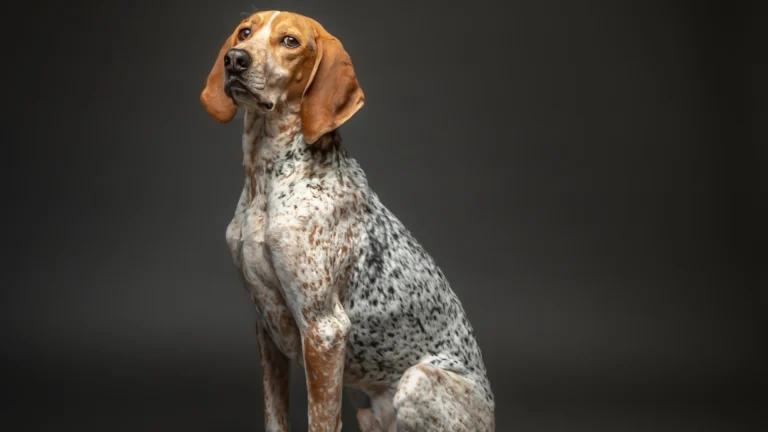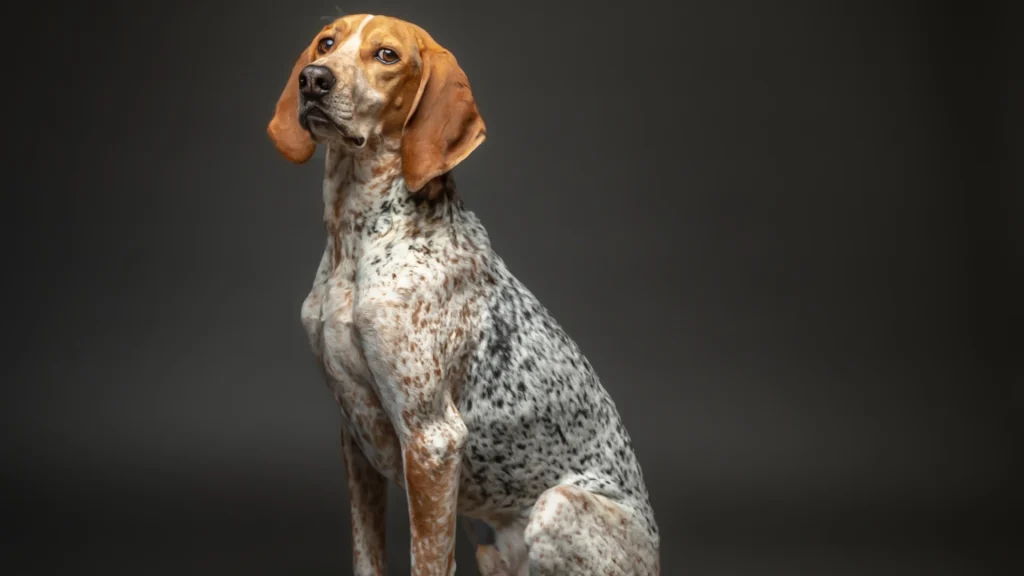Deciding whether to buy or adopt an American English Coonhound puppy depends largely on your preferences for health assurances, documentation, and supporting ethical practices. Buying from a breeder often offers clearer insight into the puppy's lineage and health background, while adoption provides a chance to give a dog in need a loving home. Both options have their benefits and considerations to keep in mind.
Adoption vs. Breeder: Pros & Cons
| Criteria | Buying from Breeder | Adopting from Shelter/Rescue |
|---|---|---|
| Cost | Typically higher, reflecting pedigree and breeding expenses. | Generally more affordable with lower adoption fees. |
| Health History | Thorough health screening and records usually provided. | Health history may be incomplete, but basic health checks are done. |
| Age Availability | Usually puppies, allowing bonding from a very young age. | Range of ages, including adults and sometimes seniors, available. |
| Temperament Insight | Breeders can offer detailed info about lineage temperament traits. | Temperament info may come from shelter observations but can be limited. |
| Supporting Practices | Supports selective breeding but requires vigilance to avoid unethical breeders. | Supports animal welfare, rescuing dogs who might otherwise struggle to find homes. |
| Breed Purity & Pedigree | Assured pedigree and breed standards. | Breed purity can be uncertain; less focus on pedigree. |

